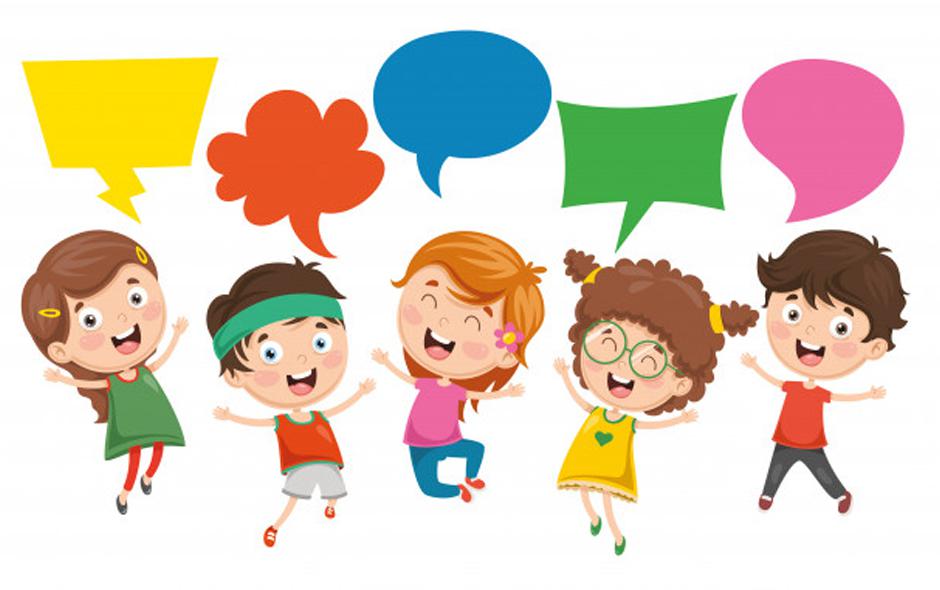

How can I help my child build literacy skills?

Amanda Graves
MS SLP-CCC
Augmentative and Alternative Communication (AAC) Consultant

As a Speech and Language Pathologist who works with young children, my goals often involve literacy or the precursors to literacy. Why? Because reading and writing are language based and children need to be exposed to not only letters and sounds, but the flexible and creative ways that language can be used.
When should my child start reading?
Introducing pre-literacy concepts should happen early and often in a child’s life. Historically, specific reading instruction has been provided to children and adults at varying times within the lifespan (Kleeck & Scheuele, 2010). Within the last century, most cultures consider around age 7 to be a typical onset of basic literacy skills, including reading and writing. We know that introducing pre-literacy skills can help children develop literacy, and exposing children to these skills as early as possible will contribute to reading and writing at a later age. These early skills include sounding out letters, rhyming words, and asking questions about what is happening in a story. Story time is a wonderful bonding opportunity and will help cultivate a love of reading.
What are the best approaches to teaching early reading skills?
Early literacy skills include developing both phonemic awareness and writing language awareness.
Phonemic Awareness refers to recognizing and understanding the speech sounds used in oral language. When we ask children about the sounds that letters make, such as “buh” for B, we are targeting phonemic awareness.
Written Language Awareness refers to paying attention to letters, words, and print concepts. We teach the letters of the alphabet first and ask children to point to letters— this is an early writing skill.
Some examples of early Writing Language Awareness skills include:
- Knowing all of the letters of the alphabet
- Understanding what is a letter and what is not a letter (such as a number)
- Identifying that a word is a collection of letters
- Understanding that text is read in a specific direction
Phonological Awareness skills for early reading include:
- Recognizing that sounds can be combined into words (b + oat = boat)
- Identifying a sound within a word (bat starts with “buh”)
- The ability to rhyme words
- Breaking up words into sounds (What sound is boy without the “oy”?)
- Recognizing alliteration (all words starting with the same sound: Brown Bear)
Exposing your children to books at an early age is important, and so is encouraging pre-literacy skills that do not seem related to reading. For example, showing a 9-month old a soft book and turning the pages accomplishes a number of pre-literacy and pre-linguistic skills. The child will begin to understand the directionality of written language and develop anticipation, an important cause and effect skill. Children will start to predict what might happen next in the story, especially with books they have read with a parent multiple times.
The best way to encourage literacy is by addressing both pre-writing and phonemic awareness skills, using a natural play-focused approach, and implementing a method that is supported by research (Justice & Pullen, 2003).
One such method is called Dialogic Reading, which involves parents and children both becoming active participants in the reading process. Ask your child open-ended questions about the story that cannot be answered with a simple yes or no response. If your child asks a question about a character or picture, respond back with a question that will encourage your child to independently find an answer. Make sure to stay positive and praise your child for their contributions throughout the story time—“Wow, you always know when to turn the page at the right time!” Parents can also point to words on the page to help their child follow along while reading aloud. See if your child can find all of the first letters of his or her name on a page. By playing equal roles in the reading process, children find written language accessible, rather than overwhelming.
Another evidenced-based method of pre-literacy intervention is called Literacy-Enriched Play. This approach is common in preschools, and incorporates typical play situations with exposure to both phonemic awareness and print concepts. For example, playing “Store” is an excellent way to control what items a child will play with. Speech therapists love to stock their pretend stores with all items that start with the same letter, or are part of a particular category. One of my favorite tasks is finding items that rhyme around the store and seeing if a child picks up on this concept. At the end of playtime, I ask about what we did first, what did next, and what happened at the end. This is a nice way to prepare children for the sequencing of stories.
One more evidenced-based method of enhancing literacy skills is an academic approach called Teacher-Led Structured Phonological Awareness and it is incorporated into a number of curricula in early education. This approach also emphasizes the importance of phonological awareness in emerging readers and incorporates games with oral speech sounds using rhyming and blending. These types of commercially available systems are often provided in schools. When looking for the right school for your child, ask about what approach they use for literacy and confirm that they use an evidenced-based method of instruction.
My child has special needs. How should I address literacy?
At High Hopes, we see a variety of children with unique needs. I always consider literacy an important part of my practice and incorporate stories, pictures, and music that all have a common theme. For children who have vision challenges, we can adapt books and materials to prioritize tactile information or colors, depending on the child’s diagnosis. For children with language delays, we can adjust material to emphasize pictures, and focus on developmentally appropriate skills for that child. The expectations for literacy might be different, but the importance of introducing the concepts of reading and writing are excellent tools to address language. For example, I often use emerging literacy books like Pete the Cat to introduce the concept of colors. Sometimes we listen to the audio format of the book, or we sing a song about the story. I provide objects to touch and explore. In order for children to understand the concepts of language like interaction and turn taking, we need to expose children to different types of language learning opportunities, in addition to reading.
Overall, the key to success with literacy is to think about what your child really enjoys, and incorporate those themes into interactive activities that promote phonemic awareness skills and written language.
Sources:
van Kleeck, A., & Schuele, C. M. (2010). Historical perspectives on literacy in early childhood. American Journal of Speech-Language Pathology, 19(4), 341–355.
Justice, L., & Pullen, P. (2003). Promising interventions for promoting emergent literacy skills: Three evidence-based approaches. Topics in Early Childhood Special Education, 23, 99–113
ASHA. Getting Your Child Ready for Reading and Writing. Asha.org


